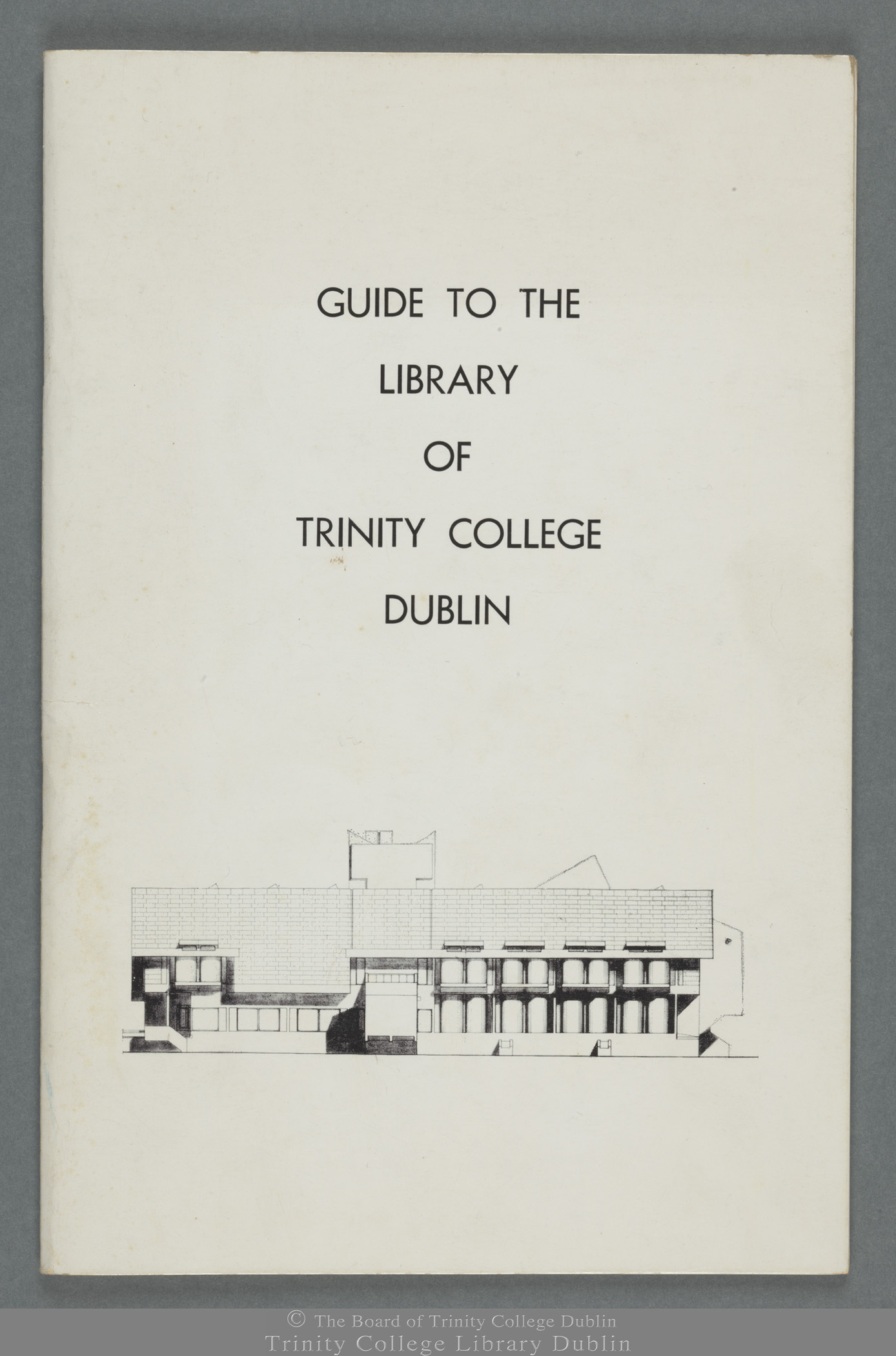We previously mentioned the steps in the Berkeley’s foyer, which have left an imprint of where they used to be; “ghost steps”, if you will. In this post we’ll talk about ghost signs.
Ghost signs are normally described as hand-painted signs on brick, typically shop names or adverts. Some go beyond this to include all types of defunct advertising signage – for example, Dublin is particularly well endowed with pavement mosaics and inlaid brass signs for businesses, which are left behind when said business closes or moves. The website Dublin Ghost Signs is well worth looking at, or if you prefer your information in good old-fashioned printed form, the book Ghost Signs of Dublin is in the Library for consultation and available from good booksellers.
We didn’t have those sorts of signs up, but we do have the ghostly impressions of where signage used to be. When the Berkeley was opened directional, situational and instructional signage was attached either to the concrete or tiled walls; think of the No Smoking signs or Iveagh Hall sign. The Iveagh Hall letters have little spacers holding them out from the wall, whereas most of the others were directly glued to the walls, with what seems to be a type of rubber cement. It’s impressive that the glue is still holding – they were stuck very firmly in place.
This is all well and good until you need to take them down, perhaps due to a change of use of an area.
Hence, the three missing signs below. The ghostly imprint is of the glue that used to hold them up, and of course is now almost impossible to remove from the concrete. Can you find any more in the Berkeley? Let us know.
Signage and wayfinding is always problematic in any large building, especially one that has been built in several stages like our own BLU Complex; it’s a bit easier if it’s a new building and you are starting from scratch. You can see where attempts have been made to add new signage in the BLU, but they don’t necessarily get far beyond a particular area, meaning that we have several generations of styles that overlap in different parts of the libraries. In an ideal world, all bar the original 1960s signs would be taken down and replaced with a complete set throughout all three buildings in a complementary style (and in English and Irish).


































